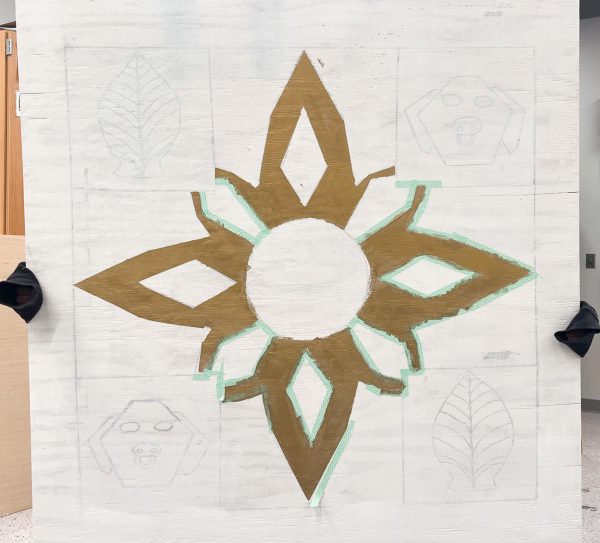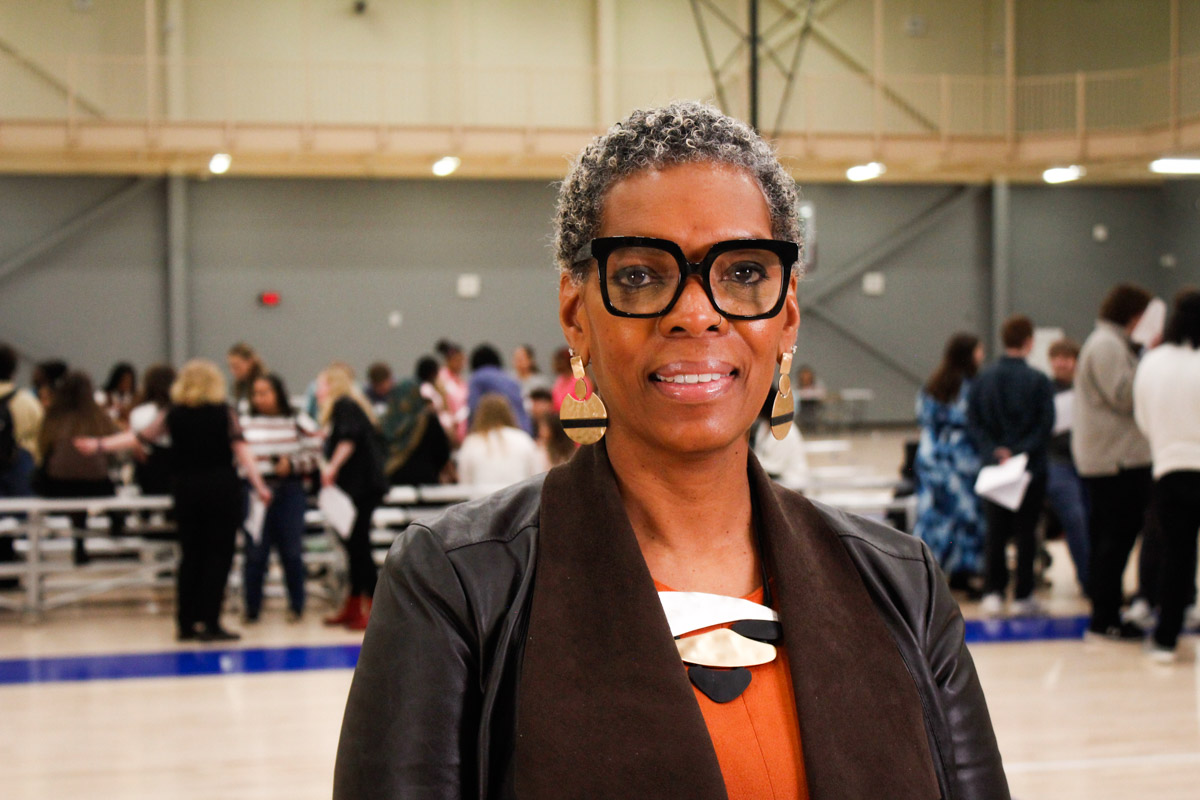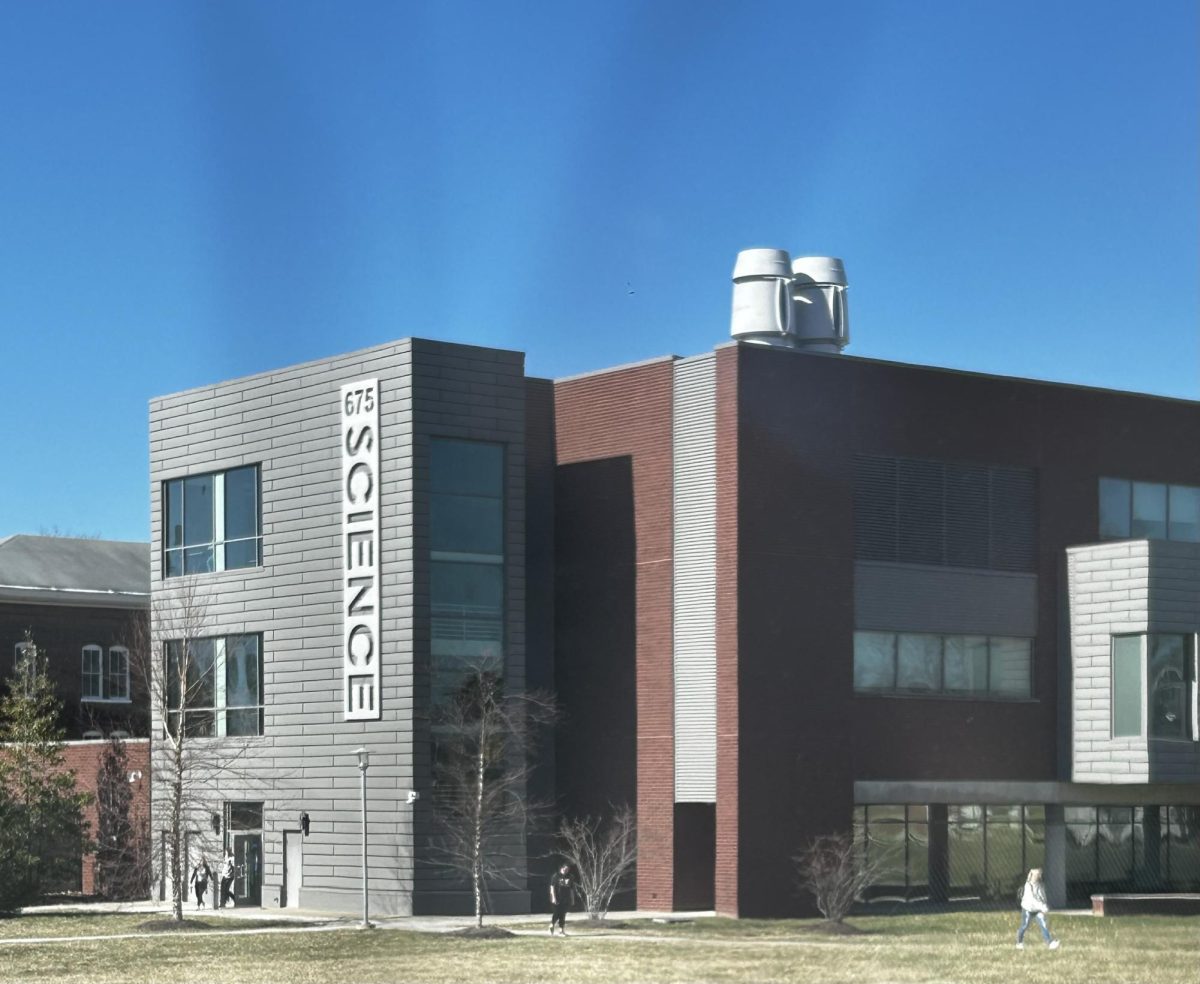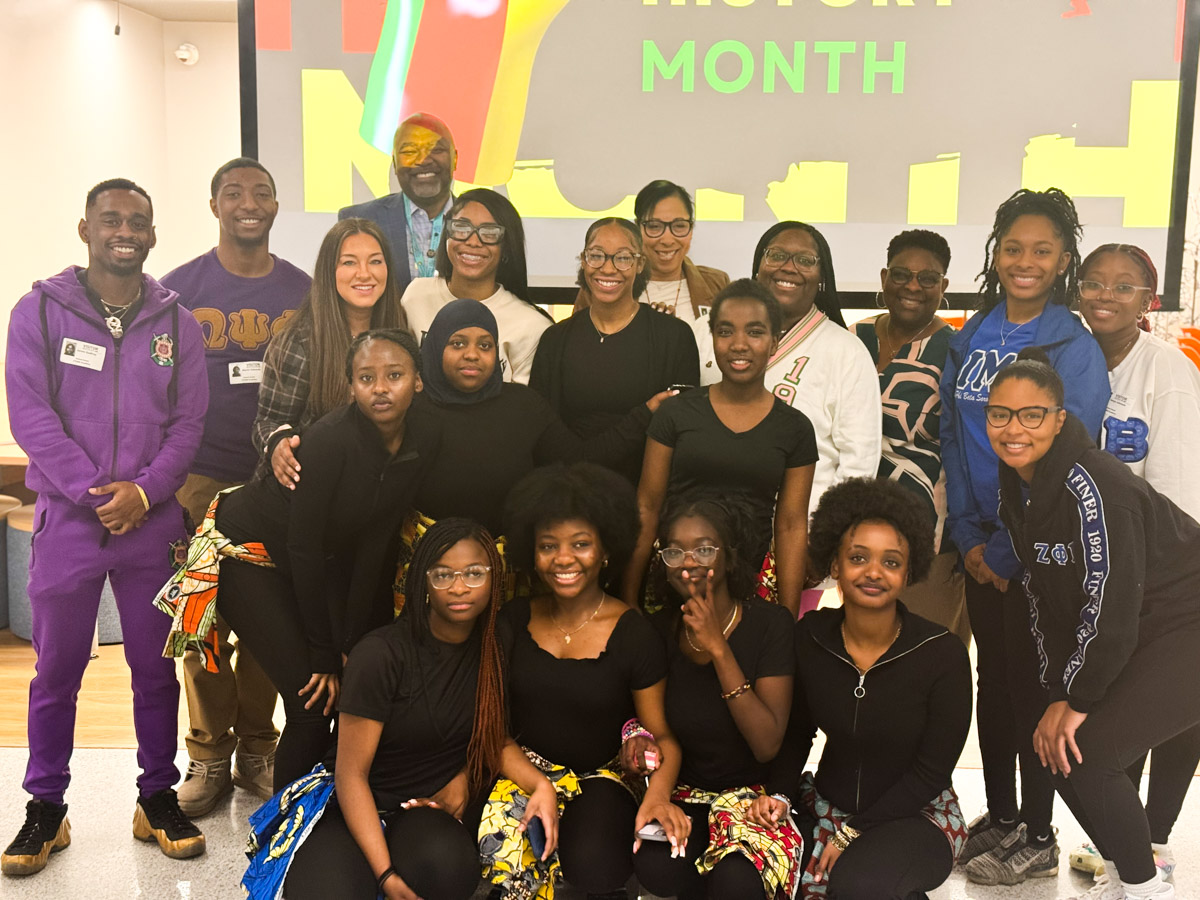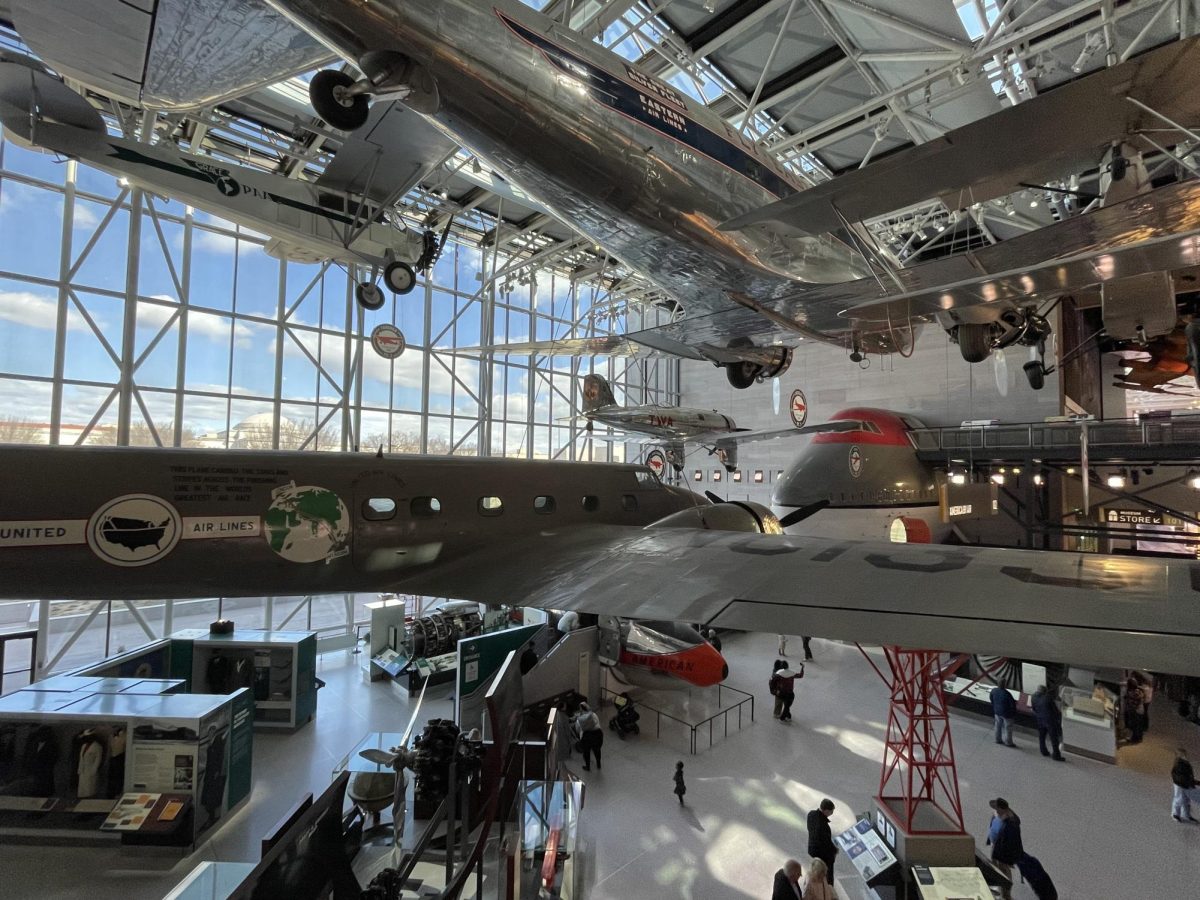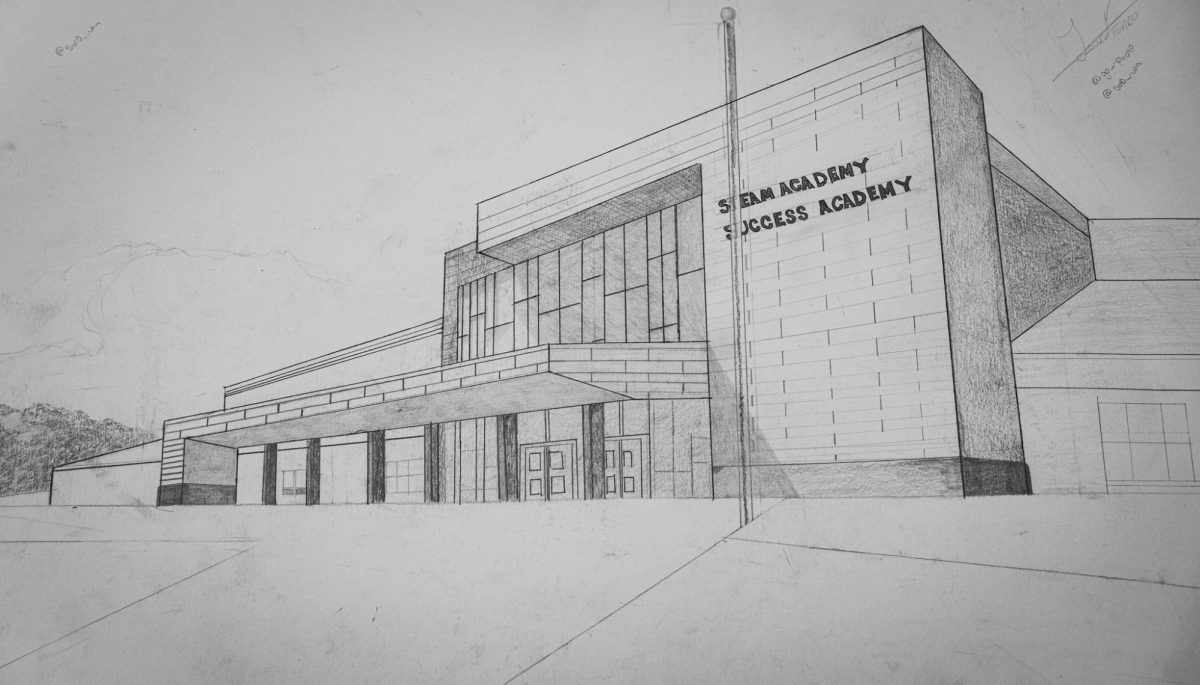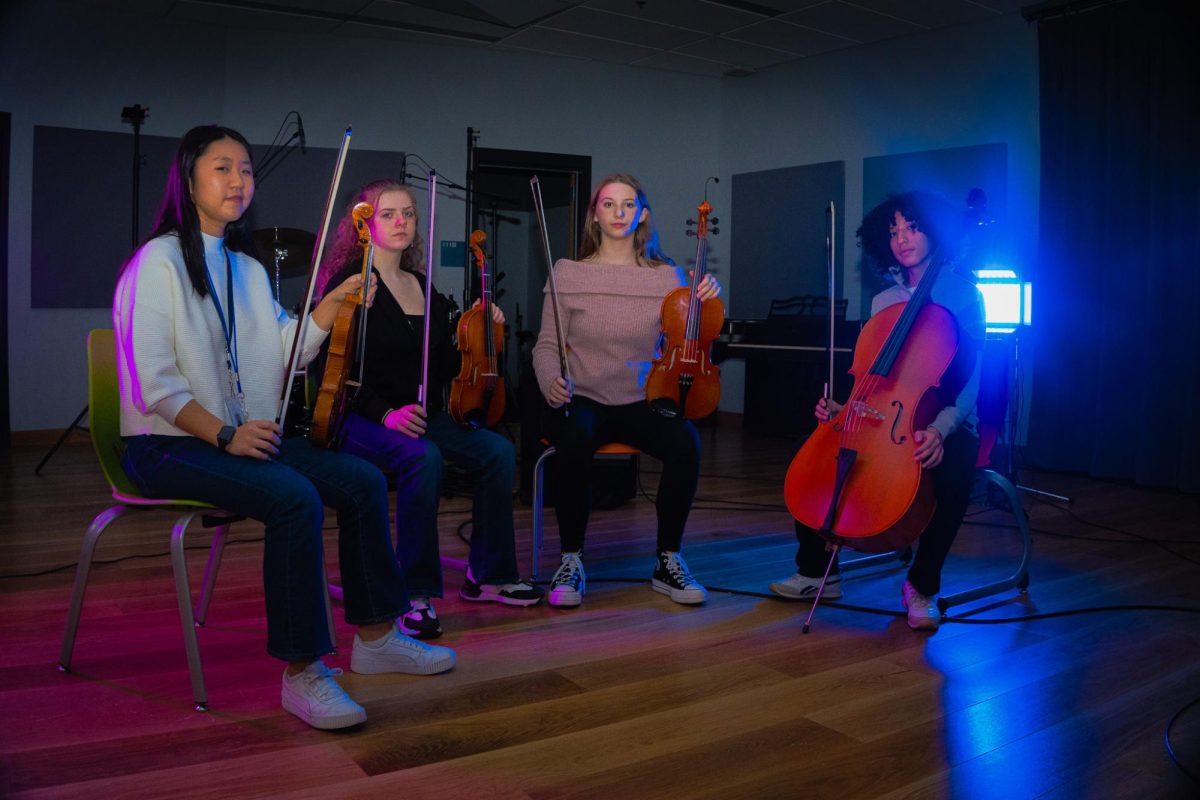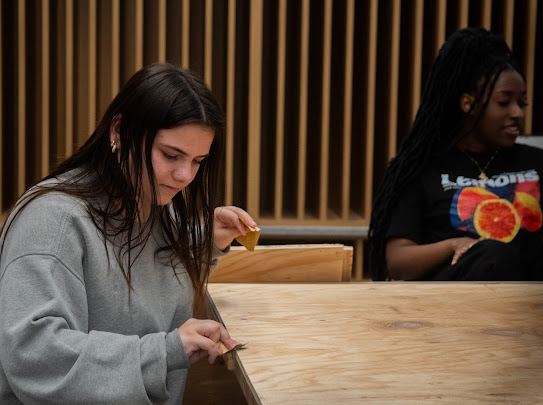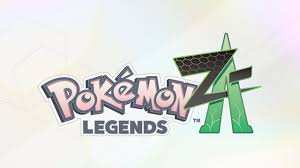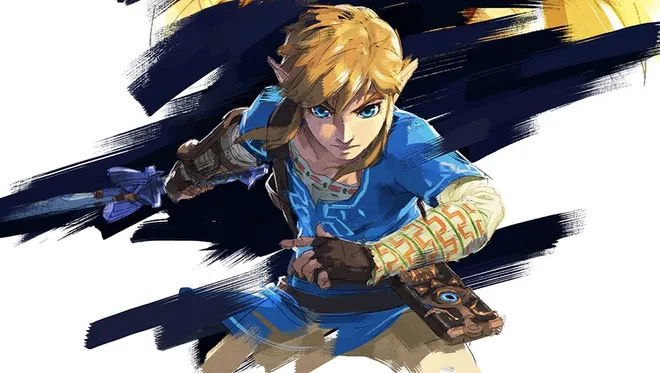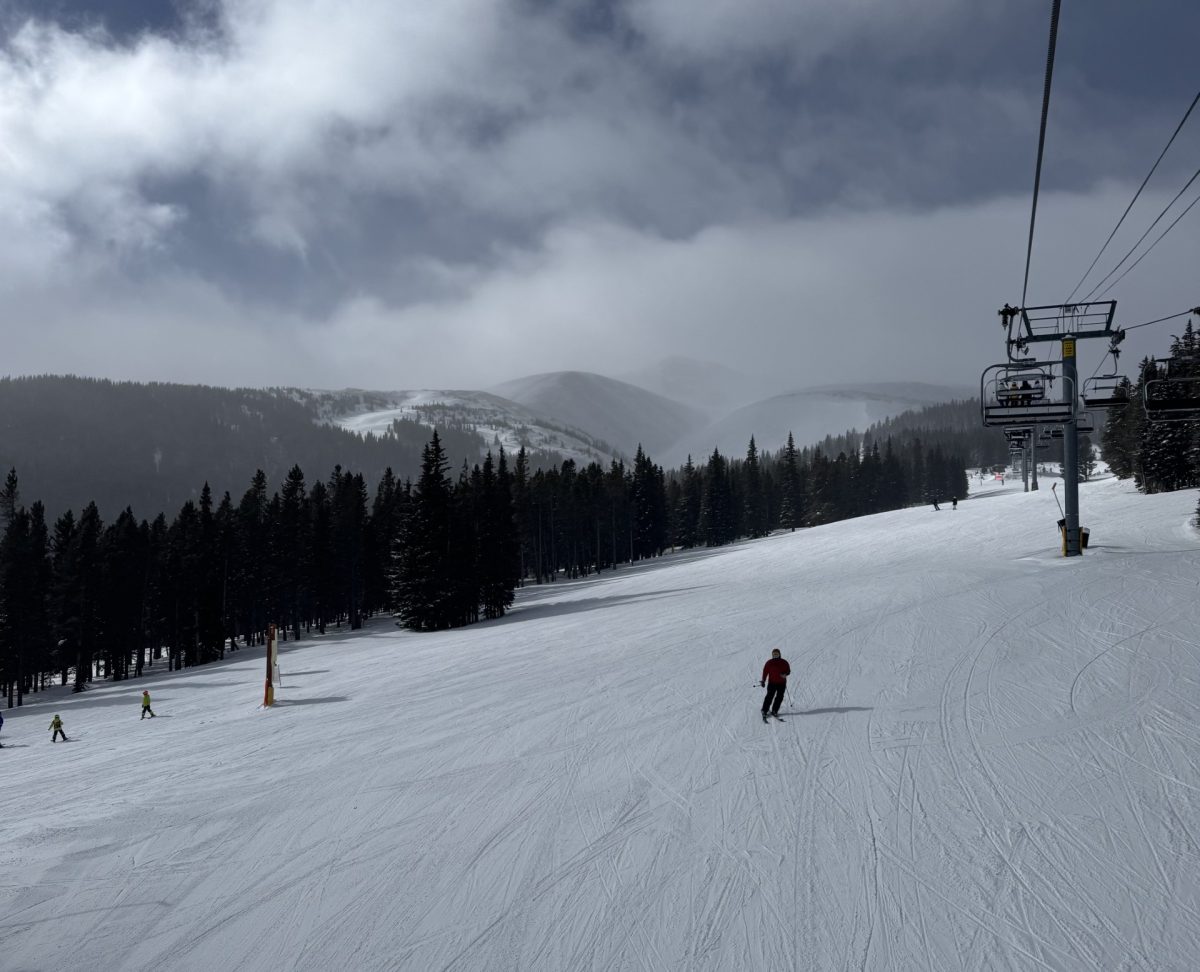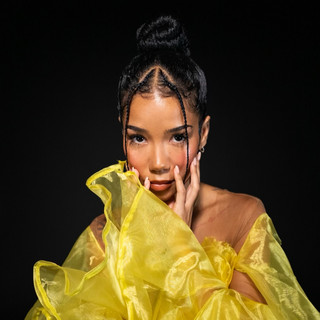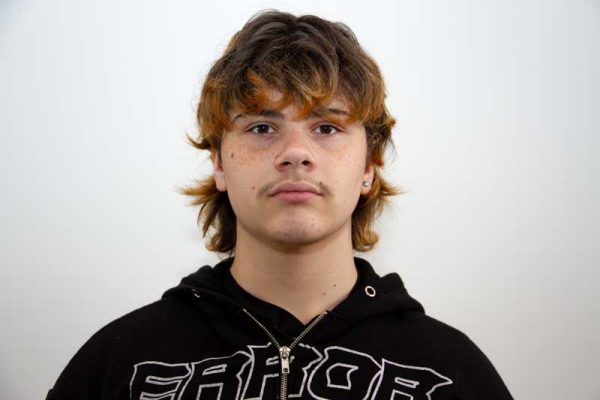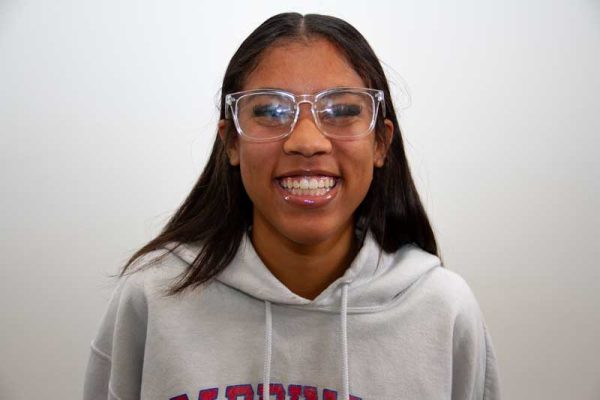At STEAM Academy, we have in our art class, geometry class, and Kentucky studies class, our students are coming together in order to make barn quilts. The Kentucky studies class was put in touch with different clients in Lexington, in order to get details of a barn quilt to make, and put them on the quilt trail. We talked to Mrs. Rose and Mrs. Garrison about what the barn quilts were, were to them, and how they got started on them; here’s what they said. Mrs. Garrison said “A big inspiration was my husband and I were driving around during the summer time and seeing all these barns down the interstate with all these quilt square designs on them, and I’ve loved them for forever but I didn’t really know the story behind them, and so we got to doing a little bit of researching and found that it was kind of a Southwest Ohio/ central down to Kentucky sort of thing, and it’s kind of unique to our area, especially Appalachia, and I’ve always loved quilting and I thought it was a really cool opportunity to be able to reach out to the local community and be partners to pair with STEAM.”
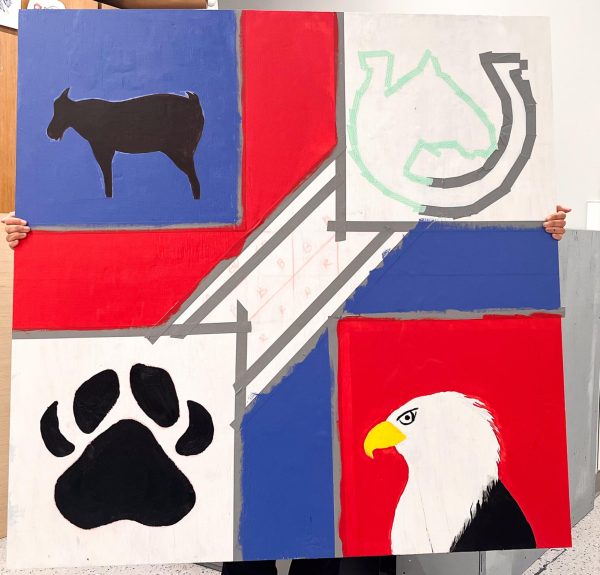
“We ended up getting in touch with I think about 12 or 15 different families, and so then Mrs. Rose and myself basically got Mr. Shepard on board too”, she noted, “It just made a whole lot of sense because it’s such a Kentucky/Appalachia, centralized thing, so we really wanted to focus on stuff that could be used across different academic areas, so not just art, but also the geometry of designing the barn quilts, the history of it with the Kentucky studies class.” When I asked her what barn quilts meant to her specifically she responded with, “Maybe not barn quilts in particular but quilting in general has always been something near and dear to my heart. I can’t sew worth a lick. I can’t sew for anything, but my mom is a seamstress, and quilts are a big part of Appalachian culture, and Eastern Kentucky culture which is where I grew up, and so quilts are usually given as gifts, you know if a baby is born, or if you get married, and so quilts are more than something that’s just beautiful, it’s something that’s useful, and that’s kinda what Eastern Kentucky common sense and sustainability is all about, so, that’s the reason I like them so much.” This really shows that quilts, normal and barn, can mean something to someone a whole lot, and is more than something that just looks cool, but has usefulness, and a quite extensive and important history behind their culture, and is extremely important to the community. Not only is it important to the community, but it’s good for our classes too, with how much content it covers. In the Kentucky studies class we studied the history of the barn quilts, in the geometry call we studied the different angles and measurements, in order to try and perfect the quilts, and in art were putting together these quilts and painting them, and through all these classes, they being brought to life, and were helping to spread the history, and culture in order for us to gain a deeper understanding of our community in Kentucky.
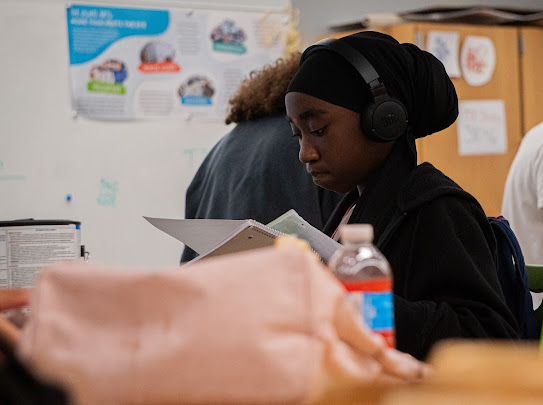
Barn quilts are squares, typically 8 feet, made of wood that’s been painted, and put up on barns. The actual origin of the barn quilts in unknown, but they are thought to have started around 300 years ago in Ohio, and continued to spread through america as the country developed, however as time has passed, it’s been speculated that barn quilts are perhaps much older than that, being found in places in Europe, thought to have been there since even before america. Different patterns of barn quilts mean different things, some specific forms of religion and spirituality, many believed by religion that it will bring protection from wildlife, or bad spirits and such, and in some cases, both. Overtime barn quilts have helped people in the early Americas, serving as a trail, and a way-point so that people wouldn’t get lost, and could find their way between settlements.
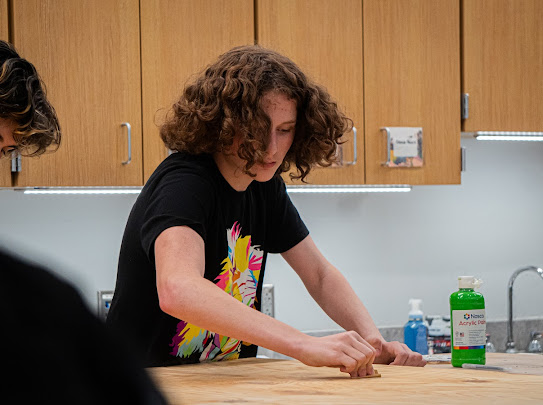
Barn quilts have a long history, possibly so long that we don’t, and maybe ever will know truly how long the history is; however barn quilts, although relatively unknown, are a big part of history, and have helped bring families and communities together throughout the generations.

